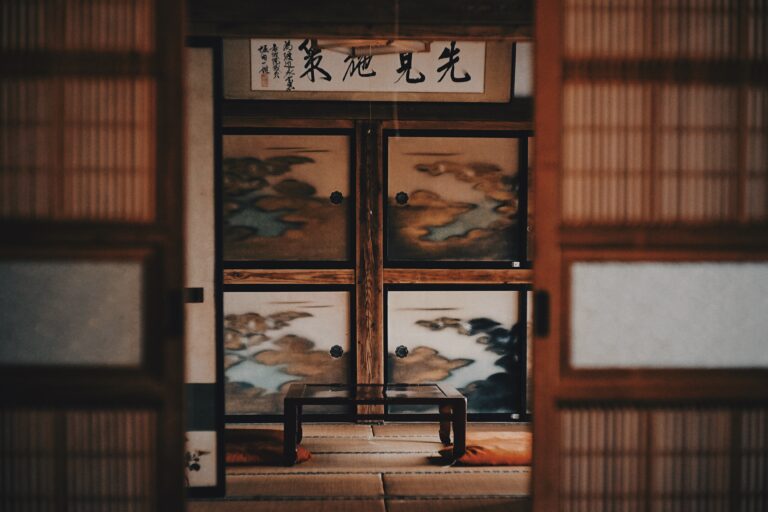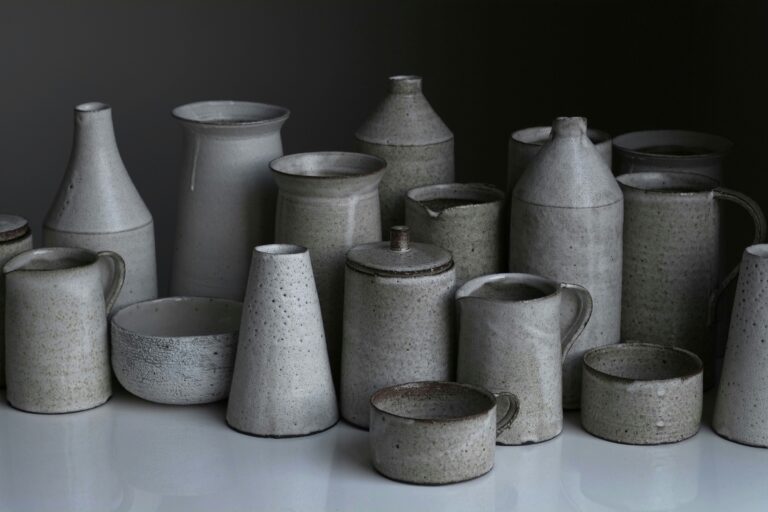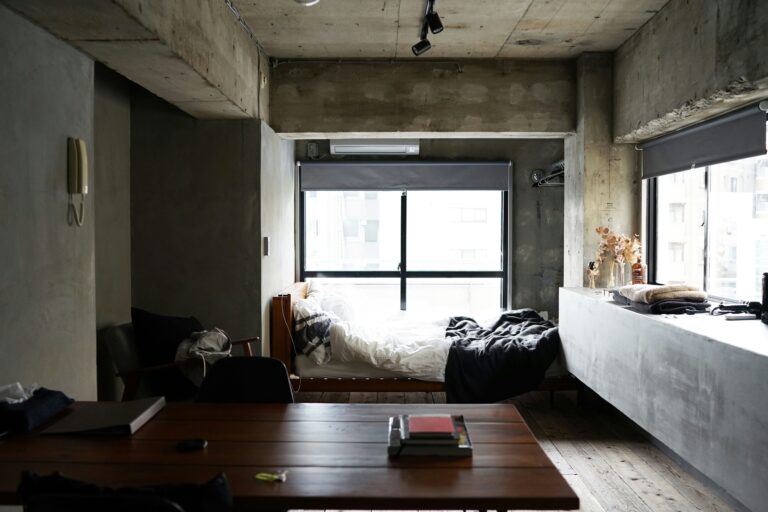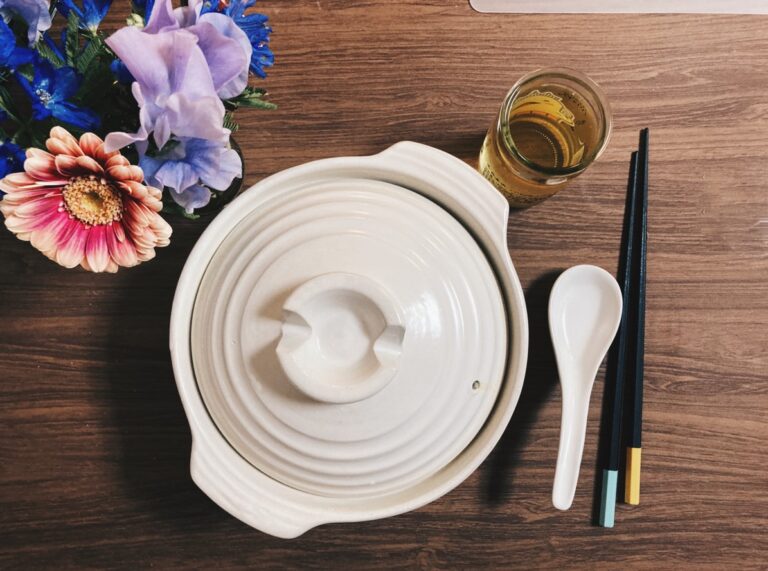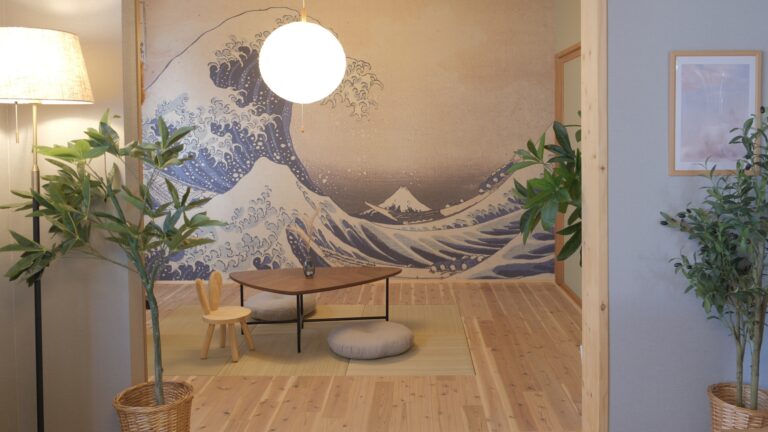Looking for a home architect in Japan?
Japan’s architectural scene blends centuries-old traditions with cutting-edge design innovation, producing spaces that are both functional and lovely. But for English-speaking clients, navigating Japan’s architecture and design industry can be challenging without the right language and cultural bridges in place.
Fortunately, there are top-tier architecture offices across the country that offer world-class design services and welcome English speakers. This is extremely helpful not just for navigating services, but to ensure that your home vision is realized as accurately as possible.
Whether you’re looking for a high-end vacation home, old house renovation, or a custom-built family home, these firms bring deep local expertise and English communication to the table.
Without further ado, here is a round-up of the best licensed architects and residential design firms for projects in Tokyo, Kyoto, Hokkaido, and across Japan.
↓ Jump Ahead ↓
B01
DDAA / DDAA LAB
James Lambiasi ARCHITECT
koyori
Private Architect Studio
SAAD Architects
Firms are presented in alphabetical order.
B01 (Bureau 0-1, Inc.)
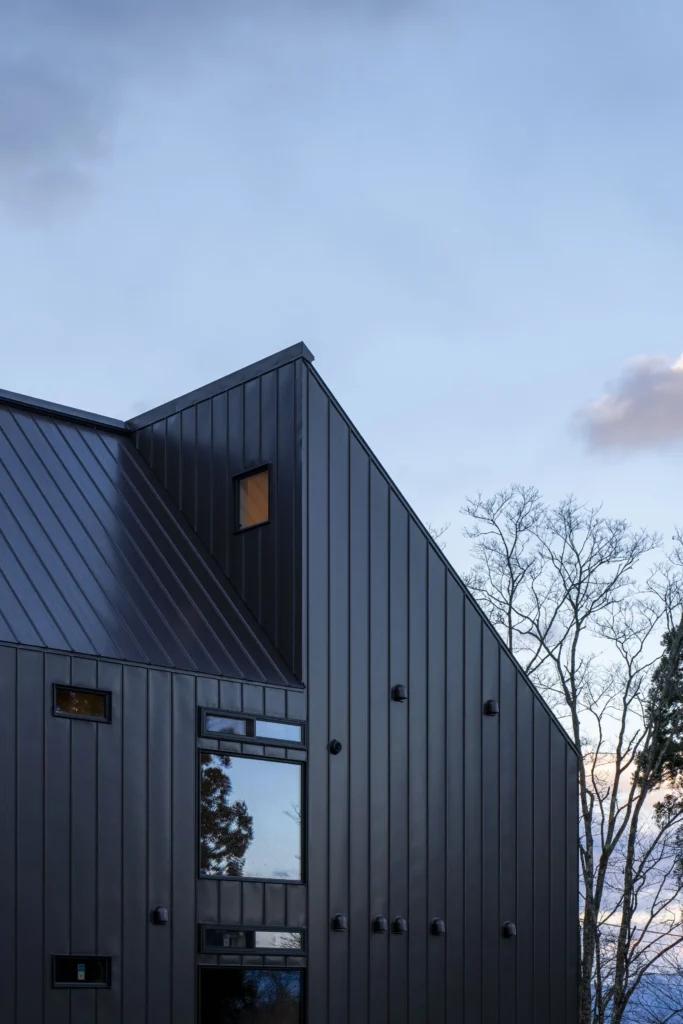
Ukiyo A: an innovative vacation home completed in 2024 in Myoko, Hokkaido.
Photo credit: Taito Nakamura, B01
B01 is an architecture and design firm in Tokyo, producing projects both in Japan and abroad. Their work includes high-performance and innovation-focused architecture, such as this highly pitched roof that self-sheds snow in an area where shoveling roofs is common practice.
They bring experience with luxury and boutique hospitality to high-end residential projects, and can anticipate the expectations of international clients, such as upgraded insulation and environmental comfort. Their innovative work has received notable international recognition, including Japan’s esteemed Good Design Awards.
Headquarters: Tokyo
Established: 2018
Lead: Kaz T. Yoneda
English: Native English speaker

DDAA / DDAA LAB
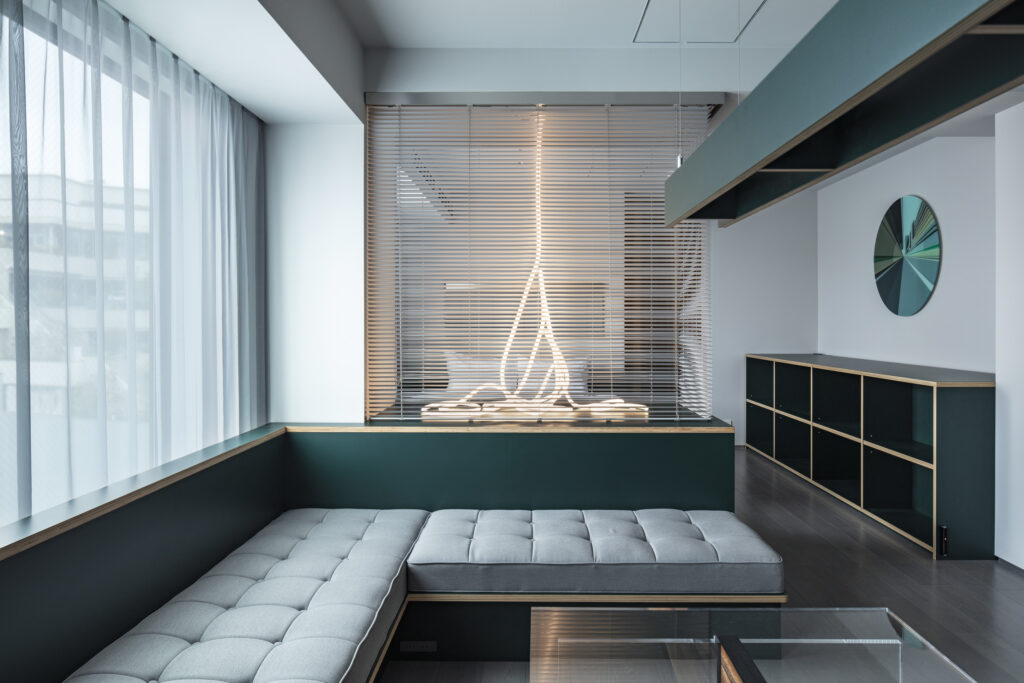
“All Day Place” Weekend Suite in Shibuya, Tokyo.
Photo © Kenta Hasegawa
DDAA / DDAA LAB is a Meguro-based studio whose works include furniture/product design, public space, installation, and they are also available for residential work. They’ve done will with compact residential spaces like apartments and even van-life. Notably, DDAA received the FRAME AWARDS 2024 Small Apartment of the Year (Bronze).
Their work embodies Tokyo cool-factor, with many projects that lean into a contemporary or industrial feel. Think clean spaces with plenty of concrete, glass and metal.
Headquarters: Tokyo
Established: 2010
Lead: Daisuke Motogi
English: Conversational-level English speaker, plus translator assistance

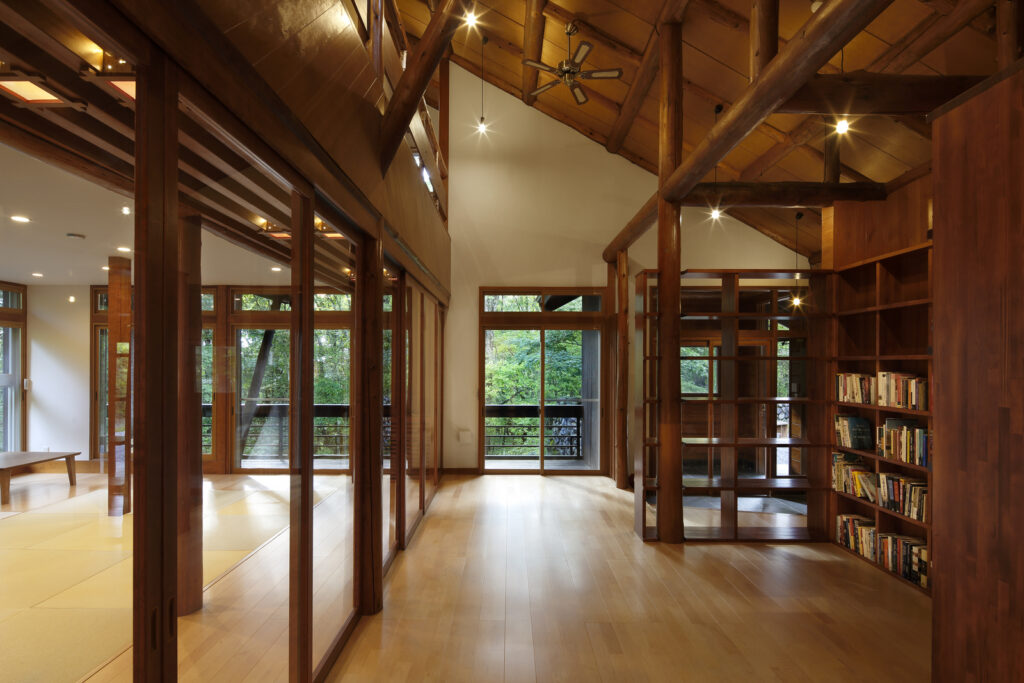
GA Chino Residence: a vacation home completed in 2016 in Chino-shi, Nagano Prefecture.
Photo credit: Naomi Kuroozumi
James Lambiasi is a graduate of Harvard Graduate School of Design, founding member of the American Institute of Architects’ Japan Chapter, architectural instructor at Temple University Japan Campus, and a regular host of NHK “Journeys in Japan.”
His residential portfolio is characterized by clean spaces that embrace the warmth of natural materials. Sometimes utilizing shoji and tatami, his designs are well-suited to life in Japan.
Headquarters: Tokyo
Established: 2009
Lead: James Lambiasi
English: Native English speaker
koyori
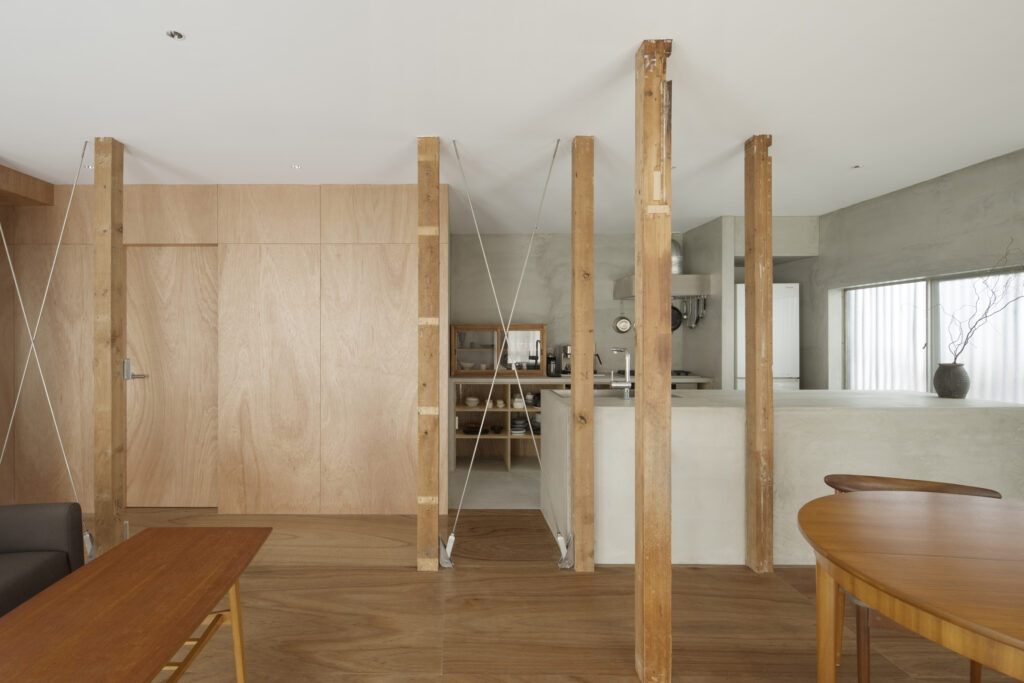
Nishikyo House in Kyoto: a renovation project that elegantly combines safety updates with warm minimalism.
Photo credit: Junichi Usui
koyori is a husband and wife architecture studio designing homes that blend contemporary sensibilities with warmth and practicality. Their work combines clean, modern lines with textured materials – balancing minimalism and comfort. The team also has experience incorporating earthquake-resistant measures into the renovation of traditional Japanese homes.
Founded in 2010 by Nahoko Nakamura, koyori began as an independent design studio and was renamed as a licensed first-class architect office in 2017. In 2022, the studio expanded to include a Tokyo office, and in 2024, the team also established Cuu, a separate design initiative.
Offices: Kyoto, Tokyo
Established: 2010
Leads: Nahoko Nakamura
English: Conversational-level English speakers, plus translator assistance for meetings and legal/contracts

PRIVATE ARCHITECT STUDIO
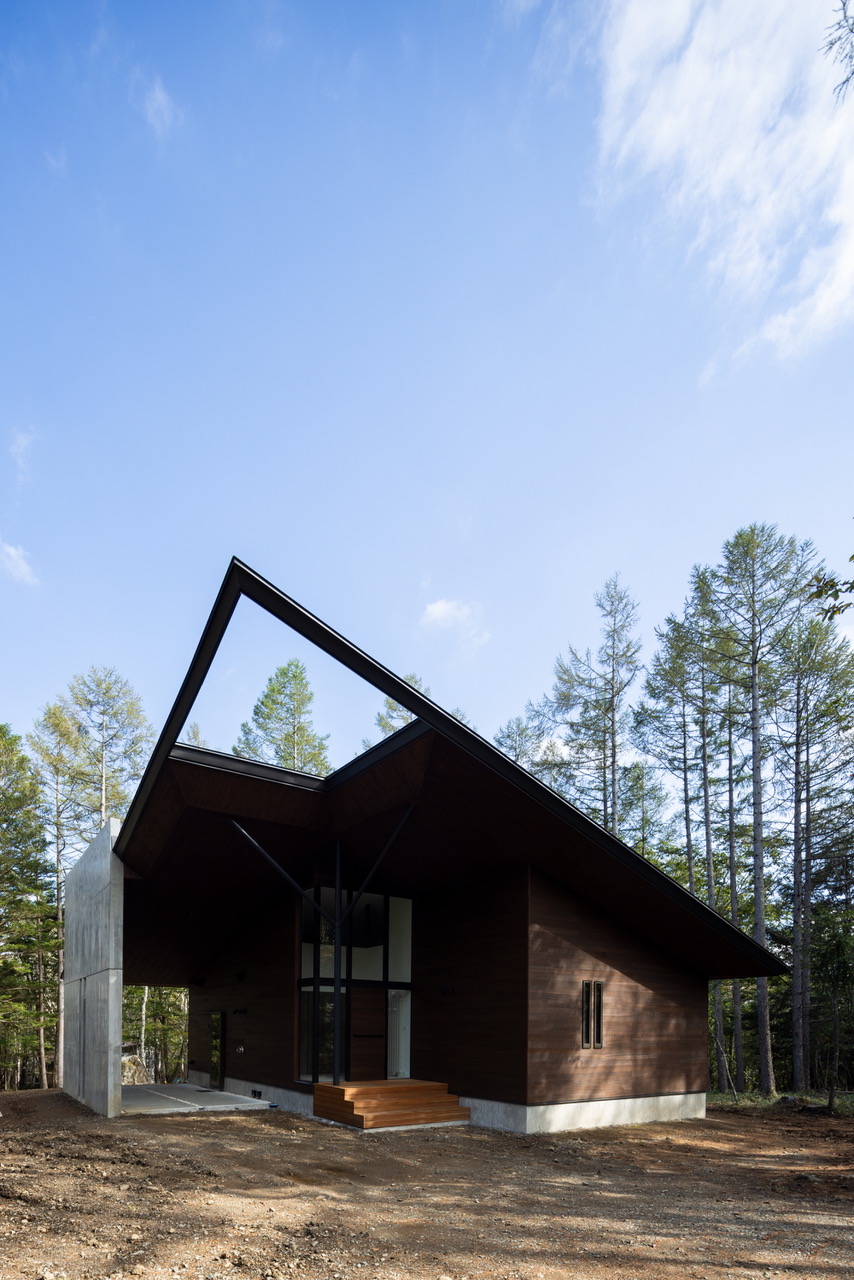
Summer Grove House: a bold villa enveloped in the nature of Nagano.
Photo by 45g Photography Kojima Junji
PRIVATE ARCHITECT SUDIO is a woman-led business specializing in contemporary new-build homes and renovation. Based in the historic district of Jinbōchō in Tokyo’s Chiyoda ward, the studio offers a comprehensive suite of services. This includes architectural design for residences, offices, hotels, and retail, as well as landscaping, signage, urban planning, and branding support.
Sano-san’s work takes advantage of exterior views – for home both in urban and natural environments. With accolades like the Nagano Prefecture Architecture Culture Award for their “Yatsugatake House with Views of Mt. Fuji” (2023), PRIVATE ARCHITECT SUDIO demonstrates both design excellence and regional sensitivity.
Headquarters: Tokyo
Established: 2017
Lead: Yuko Sano
English: English welcome!
SAAD Architects
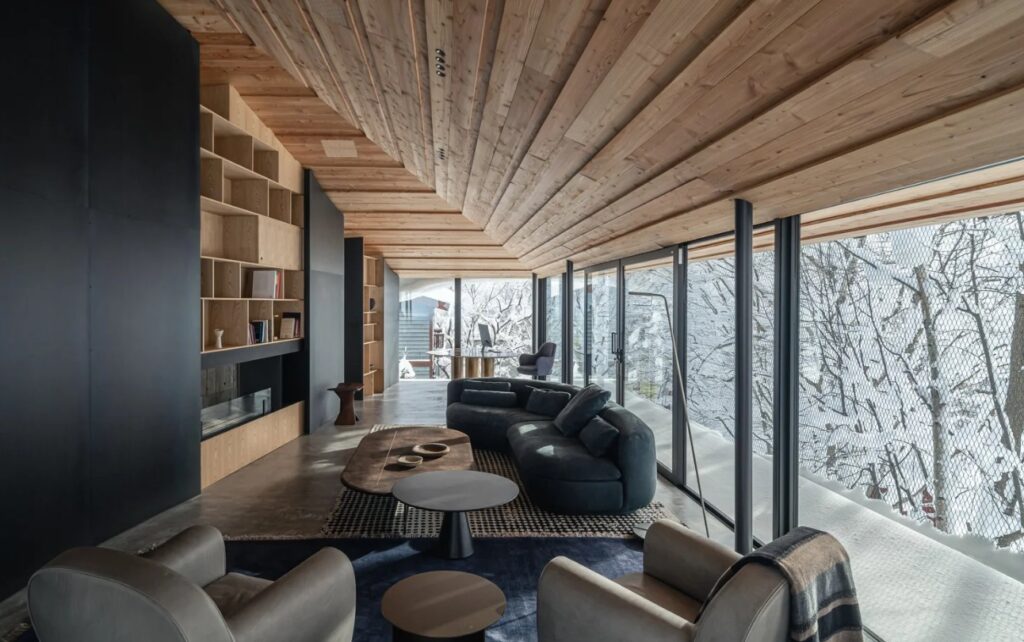
Gentō holiday residence in Kutchan, Hokkaido. Completed in 2022.
Photo © Ikuya Sasaki
SAAD is a Tokyo-based Japanese architecture firm with an especially lovely portfolio of new construction projects in snowy areas of Hokkaido including Niseko, Sapporo, and Furano. Beautiful high-end vacation homes and more. SAAD’s work regularly features in renowned publications such as Dwell.
Principal, Tomoyuki Sudo, has studied and practiced architecture in the US and the UK. The firm has worked extensively with an international client base, offering seamless communication and coordination.
Headquarters: Tokyo
Established: 2014
Lead: Tomoyuki Sudo
English ability: Full bilingual proficiency

FAQs
Should I be concerned about the level of English fluency of my architect/designer?
There are many factors that will influence your decision. For international clients who have never lived in Japan or spent much time here, it would be wise to choose an architect with international experience. Regardless of English ability, there are also cross-cultural communication norms in Japan that may help (or hinder) your service experience.
If you would like to have services conducted in English, check in advance with design offices to see if there is an additional translation support fee. Even bilingual firms may wish to engage additional translation support for important legal or contract-related services.
For English speakers who have some experience living in Japan, rest assured that you will likely see a high level of service experience. If you work with a Japanese designer, having some foundational understanding of Japanese culture and business practices will help make the experience more positive for both the client and designer.
What are the pros and cons of working with a foreign architect in Japan?
Non-local foreign architects will have a very hard time working in Japan; collaborating with local partners such as structural engineers and construction companies, building to Japan-specific code regulations such as earthquake safety, designing for the demanding climate conditions of Japan, and navigating local material sourcing in the Japanese language. If you want to use a designer or architect from your home country, they will need to partner with a locally licensed firm.
Bilingual, Japan-based foreigners who have built their career in Japan (such as any included on this list) have few or no “cons.” They can easily relate to the desires of foreign clients, have years of experience partnering closely with Japanese collaborators, and have spent their career building an understanding of Japanese architecture, materials, practices, and context. Just as Japanese designers may specialize in more modern or traditional design, foreign designers also may choose to focus one way or the other.
We recommend that you assess compatibility on portfolio, business integrity, resume, and interview-informed compatibility (not on nationality or ethnicity).
What is the difference between a First-Class and Second-Class architect in Japan?
A First-Class Architect (一級建築士) can design any type of building, including high-rises, public facilities, and large commercial projects. A Second-Class Architect (二級建築士) is limited to smaller structures like houses and low-rise buildings. The First-Class license requires more education, experience, and passing a more difficult national exam.
